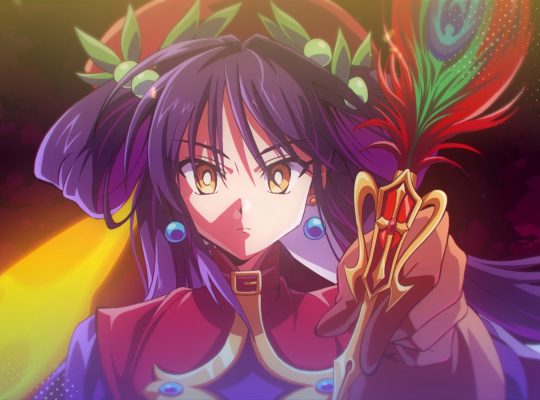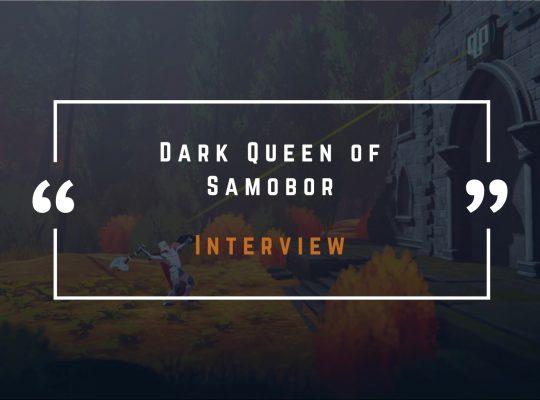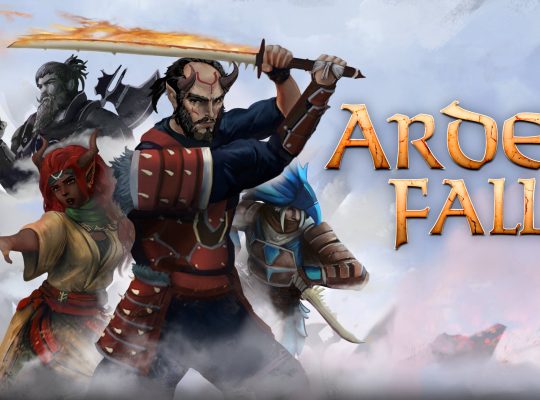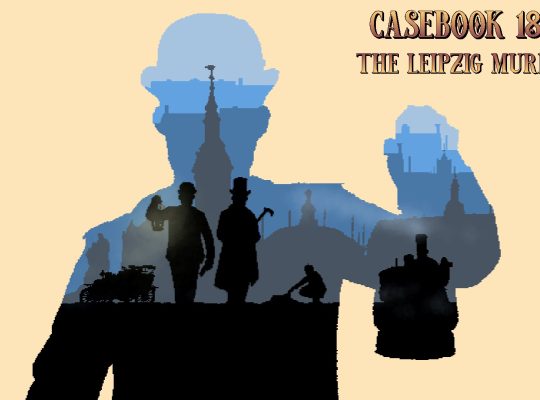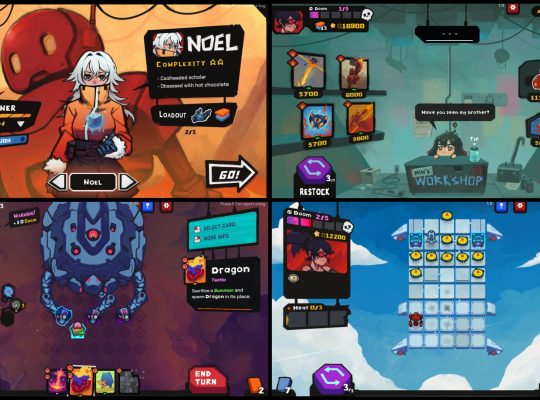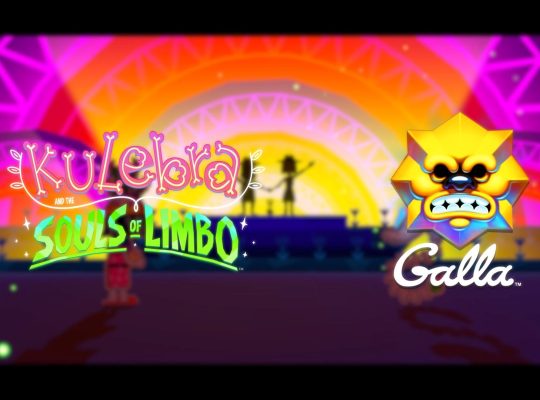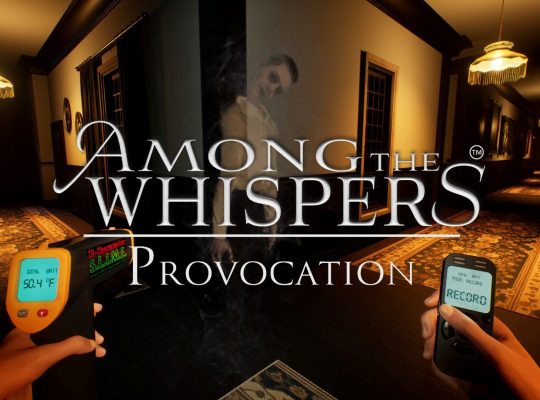How do you create a blend of classical sound and melodies from popular Japanese animations? The members of the Yumegakanau Foundation have found a way. In collaboration with the Karol Namysłowski Symphony Orchestra from Zamość and the Pro Musica Mundi choir, they organize concerts as part of the Anime Symphony project. The final anime music concert of this year took place at the Kraków Magnificon Winter Expo 2024, where we had the opportunity to talk with Wiktor Kuliński, the president of the foundation’s board and the originator of the entire initiative.
What is so special about anime music?
It is music that offers an incredible variety of genres: from rock to symphonic film scores, and even classical music inspired by the works of Mozart or Bach. Often people unfamiliar with anime are surprised after our concerts, because they expect primarily traditional Japanese sounds. While those are certainly present, a significant portion of the melodies has a European character, reminiscent of renowned composers already mentioned.
You are the initiator of the Anime Symphony project. Where did the idea of combining a symphony orchestra with music from Japanese animation come from?
It’s a story that might sound a bit clichéd and sentimental, but it really happened. My love for anime music emerged in middle school. At the time, I had lessons with an excellent teacher, Ms. Katarzyna Kucharska, who taught us about music. We also learnt to play the recorder. I was quite good at it, so I searched for new songs to play and stumbled upon a piece from the second Pokémon movie: Lugia’s Song. This was during the early days of the internet, not as advanced as it is now, so I wasn’t skilled in finding sheet music. Instead, I downloaded the song from YouTube and burned it onto a CD to give to Ms. Kucharska. A week later, she handed me sheet music transcribed by ear. I was thrilled, and seeing my enthusiasm, she suggested I enroll in a music school. That’s how I began my journey in the oboe class.
Also, on the initiative of Ms. Katarzyna, we participated in outings to the philharmonic hall. There was an annual program where one could buy a pass, and concerts cost only 5 złotys each. The last concert in the series I attended was dedicated to film music. They played pieces from Pirates of the Caribbean, Star Wars, and The Mission. That’s when it struck me: if I can go to the Kraków Philharmonic and listen to the biggest hits from Pirates of the Caribbean, why couldn’t the same be done for anime music? Anime tracks are often beautiful and have great potential for symphonic performance. That idea started to develop in my mind. Meanwhile, I was helping organize various pop culture events like Magnificon, observing the growing interest in anime. So I began making serious preparations, contacting orchestras, choirs, and friends. Eventually, I managed to organize everyone, leading to the first Anime Symphony concert.


How long have you been performing?
It feels like it’s been years, but in reality, we only started this year. Our performance at Magnificon was our sixth concert. Before that, there were two “big” concerts featuring a full orchestra of over 50 instrumentalists, a 24-member choir, and our four incredible vocalists. For chamber concerts, the ensemble is smaller: 25 instrumentalists and soloists. So, while we’ve only recently started, the preparations for the first concert took over a year.
You mentioned inspiration from film music concerts. How do Anime Symphony performances differ from other pop culture-related concerts?
Besides the obvious difference in the music, which in this case is not from games or films but anime, we strive to approach these concerts from a slightly different angle. Beyond entertainment, we aim to maintain seriousness in promoting culture. For this reason, we’ve partnered with organizations like the Embassy of Japan and the Legalna Kultura Foundation. We also ensure the concerts take place in appropriate venues, such as the ICE Kraków Congress Centre or Warsaw Philharmonic.
Moreover, in anime, music typically supports the visuals. In our concerts, we decided to make the visuals support the music. We incorporate animations created specifically for our performances and include cosplayers during more iconic pieces. This aspect is handled by our stage director and vice-president of the Yumegakanau Foundation, Katarzyna “Kairi” Siedlecka. In my opinion, she has a perfect sense of balance between music as an art and visuals that emphasize it.


How does the audience react to such a combination of music and performance elements?
That’s the most beautiful thing we observe. Young anime enthusiasts often face skepticism from their parents or older relatives, who see anime as a fleeting hobby or something not worth taking seriously. With Anime Symphony, we aimed to give young people an opportunity to introduce their loved ones to the world of anime through a culture they can appreciate. I’ve seen comments on TikTok, YouTube, and even ticketing platforms like Bileteria where people say: “I didn’t know what anime was, but my kids/grandkids took me to the concert, and I had a fantastic time.”
Hearing and reading such opinions warms my heart. It shows we’ve created an event that takes anime seriously and bridges generations. I’m not saying those new to anime will immediately start watching it or attending conventions, but they have the chance to glimpse the passion their children, grandchildren, or friends have for it. Anime, after all, is a multifaceted medium encompassing animation, cosplay, music, artwork, performances, and more. It’s moments like these that highlight how anime enthusiasts can channel their interest into something even more creative.
Returning to the concert itself, how do you select the repertoire?
I won’t hide that the first repertoire was entirely my creation. While compiling it, I focused on two aspects: the complexity of the pieces, ensuring they were more advanced technically, and their character. Grand, emotional compositions designed for orchestras work best. The goal is to evoke memories for listeners, even if they don’t recognize the titles immediately. When they hear these pieces during the concert, specific anime scenes often come to mind.
For this reason, I tend to avoid opening and ending themes, as they’re already popular and serve more commercial and promotional purposes. However, this doesn’t mean they’re entirely absent from Anime Symphony. For instance, we included the ending theme from Demon Slayer, which also appears in the episodes, and of course, Moonlight Densetsu, the opening of Sailor Moon.
Are there any new pieces planned for future concerts?
I can reveal that at the next concert, we’ll include the opening Gurenge from Demon Slayer, which our vocalist, Carolin “Wønder” Mrugala, was eager to perform. Kairi has also suggested several ideas, including music from Death Note. Although I’ve watched it, I had forgotten how fantastic its vocal parts are, making it perfect for our Pro Musica Mundi choir. Kairi also proposed My Hero Academia, and I added One Piece and Fairy Tail. These are great ideas for thematic segments. Our concerts are divided into two parts: blocks of songs from specific anime, usually around five pieces, and standalone tracks from other productions. The larger blocks typically number four, while the individual pieces fill the gaps, resulting in nearly 40 songs per concert.
That’s quite a lot! Finally, what are the plans for Anime Symphony’s future development?
Our next goals are quite ambitious. We’d like to invite Japanese composers to our concerts. It would also be incredible to host performers of iconic pieces to play with the orchestra or sing solo. Imagine, for instance, Mika Kobayashi singing songs from Attack on Titan with a full symphony orchestra—what a spectacle that would be! Of course, the costs for such events would be enormous, and we operate entirely on our own resources. Therefore, finding an investor or sponsor would certainly make it easier to realize this vision. But I believe that as Anime Symphony grows, these dreams will become increasingly achievable.


In terms of concerts, I dream of performing in Poland’s largest cities: Wrocław, Poznań, Kraków, Warsaw, and Gdańsk. I think there’s great potential for development here. As mentioned earlier, we collaborate with the Embassy of Japan, the Legalna Kultura Foundation, and the Jagiellonian University’s Institute of the Middle and Far East, which support us in promoting these concerts as cultural events. This aligns with our main idea—to interest people in anime without overwhelming them with pop culture. I encourage all anime fans to bring along their siblings, parents, teachers, and anyone who notices but doesn’t understand their interest. Tell them: „take that first step and see for yourself.” And I promise it will be a fondly remembered first step.
The next Anime Symphony concert will take place on March 14 next year at the ICE Kraków Congress Centre.



